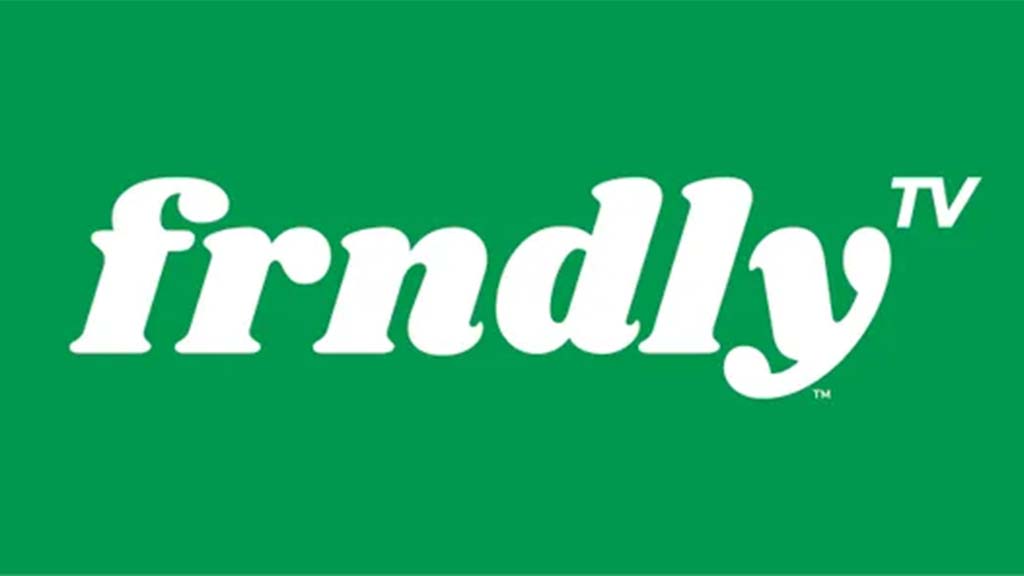2007: The Year of New Media
The television business has always been a driver of, and driven by, technology, and that has never been truer than it is today. Technological developments are materializing very quickly in recent years, and the pace of development is, in fact, increasing. It was not so many years ago, well into the age of digital audio and video recording, that the broadcast television networks operated large plants with massive analog infrastructures. These network plants, mostly built in the 1950s, evolved over the years by the addition and replacement of components, and because of this, they have typically been somewhere behind the cutting edge of technology.
Today, television stations, network plants, and the television industry overall are becoming digital from end to end. One of the things this has facilitated is the sea change in the television business that made 2007 the “year of new media.”
All the broadcast networks, and many cable networks, have ventured into new media in a big way. Among the broadcast networks, all have made much, if not all, their primetime programming available on their Web sites. One network even streams a number of programs in high definition (hint: it’s 720p HD).
Anne Sweeney, the head of Disney-ABC Television Group, said in a keynote at Mipcom 2006 that streaming the network’s programs online was born as a defense against piracy. She pointed out that 10 minutes after a program was aired on the network, it was available on the Internet. Her reasoning was that if people wanted to watch these programs online, the network might as well make them available online, with some advertising included.
SURVEY SAYS
(click thumbnail)According to a recent study, “Grey’s Anatomy” is the most frequently mentioned program watched online. Credit: ©Ron Tom/ABC Inc.Online streaming of primetime programs has been a huge success. One interesting byproduct of this success has been that, after a time, the commercials within a particular online episode disappear, being replaced by promos for other network programs. This happens because it is relatively easy for the network to keep track of the number of times an episode is viewed online. At some point, the network’s guarantee for the number of viewers for a commercial inserted into the episode is met, and when the guarantee is met, the commercial gets replaced by a promo.
Nor does it appear that online streaming of first-run network programming has damaged broadcast ratings for the programs. In fact, it seems to have helped them, as streaming seems to be supportive of broadcast viewing, and vice versa.
According to a survey conducted in September/October 2007 by Horowitz Associates, 60 percent of high-speed Internet users watch or download video content at least once a week, compared to 45 percent a year ago. The most-viewed types of content are news and user-generated content, movie previews, music videos, and segments of television shows, in descending order. Incidentally, the most frequently mentioned program viewed online was “Grey’s Anatomy.” The study found that 16 percent of high-speed online viewers watch TV online weekly, double the number that did so a year ago. Interestingly, the study also revealed that the preferred viewing platform is traditional television. Seventy percent of survey respondents said that they watch TV online because they missed an episode when it aired, while about 18 percent of respondents saying that they watch shows online in order to see them again.
Other “new media” initiatives have also materialized. While one can watch episodes of television programs free on the network’s Web site, these episodes can also be purchased from services like iTunes. While there is a charge to download programming from this type of service, there are no commercials or promotional material inserted into the programs. These programs are not available in high definition, but they are offered in the widescreen 16:9 format in SD.
HIGH-SPEED TRANSMISSION
Still another new medium for primetime programs is video-on-demand. Both SD and HD VOD are available, and the programs are generally offered free by the cable MSOs that distribute them. They do contain advertising and promotion material. The viewer is able to tune to a VOD channel on the set-top box, where the menus of VOD program offerings may be perused. Often, an entire season’s episodes of a given program are available to the viewer on demand.
We also now have the ability to download and view primetime television programs on our cell phones and PDAs. Qualcomm, a San Diego-based company heavily involved in wireless communications, has bought nationwide rights to UHF Channel 55. Channel 55 will be outside the television spectrum once NTSC is shut off, but Qualcomm has also paid broadcast occupants of Channel 55 in a number of U.S. cities, including New York and Los Angeles, to vacate the channel early. Qualcomm has had OFDM signals on the air in New York, Los Angeles, and other cities for some time now. This service is called MediaFLO.
MediaFLO is a method for high-speed transmission of audio, video, and other content to CDMA and WCDMA cell phones. This facilitates delivery of television programming, among other things, to cell phones, outside the cell phone network spectrum itself; with the caveat that in order to take advantage of it, the consumer must have a cell phone that is capable of receiving signals on Channel 55 (716-722 MHz), in addition to the traditional cell phone transceiver frequencies in the 850 and 1900 MHz bands.
2007 was the year of new media, but these trends have every appearance of continuing and increasing through 2008 and beyond. For television broadcasters, it’s a whole new landscape out there!
Get the TV Tech Newsletter
The professional video industry's #1 source for news, trends and product and tech information. Sign up below.

